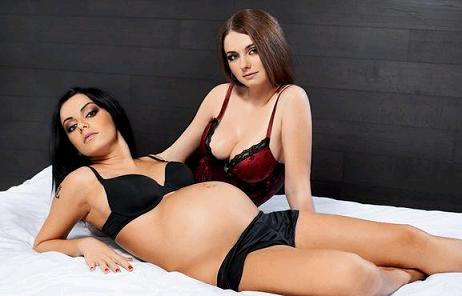
Almost exactly a year ago, one lucky Russian family received a free brand new SUV from the government. What had they done to deserve such a gift? They managed to have a baby on Russia Day – June 12th.
That much publicised campaign was only the tip of a creepy pro-natalist iceberg, including $11o00 cash gifts to women who have a second child, and even setting aside an official holiday solely for the purpose of procreation.
According to a chipper NYTarticle at the time,
“Last year, as president, Mr. Putin declared 2008 the Year of the Family. On Sept. 12, a holiday called Family Contact Day encouraged Russians to stay home and engage in marital intimacy in the hopes of producing children on Russia Day, nine months later, on June 12.
The new holiday extends Russia’s promotion of procreation, urging couples not only to have children but also to provide those children with two-parent, stable family lives”.
So, year on, what has come of this quasi-eugenic experiment (designed as much to increase Russian birth rates as maintain an unsavoury demographic edge over the ‘invading races’ of Caucasian and Central Asian immigrants)?
Indeed, worries about declining birthrates are nothing new, and not confined to Russia.
In her brilliant essay, writer Kerry Howley notes that “modern fertility panic stems from… societies…projecting their deepest anxieties onto empty wombs”.
In fact, post-Cold War Russia shares many of the key triggers of birth-rate panics: state failure, fear of invasion, racism from immigrant influx.
“In times of collective insecurity,”, writes Howland, “empty wombs are cast as either a cause or a symptom of a state supposedly in decline. Pro-natalism became a French obsession after Germany invaded France in the late 19th century. In 19th century America, President Theodore Roosevelt was particularly concerned about the “race suicide” of white Protestants”.
“Every pro-fertility policy is an effort to slow cultural transformation, to stabilize a society’s ethnic composition, to ossify a current conception of a national culture by freezing the genetic makeup of a nation”, she writes.
Because natal movements are anchored in a reactionary and sexist retrenchment in times of national trauma, it’s no surprise that Russia’s current government should spearhead one: “In times of great social anxiety, we see new calls for women to return to home and hearth”.
Quite aside from turning women into child-factories, the policy was deeply flawed from the very beginning.
Yasha Levine, one of the few Western reporters to give the policy a critical dissection, uncovered the harrowing truth about the brutal race to give birth exactly on Russia Day.
Expectant mothers, whom poverty had driven to desperately seek the prizes on offer, “revealed that labor was being artificially induced on a massive scale that day, and it had nothing to do with patriotism. Their stories were of women desperate to give birth on June 12 and doctors all too eager to oblige”.
In the words of one mother: “Women were asking, practically begging, their doctors to do it,” she said. “They had their babies that day because of the presents; they put their health at risk. It was sick”.
According to Levine, Sergei Morozov, United Russia’s natalist architect, “emerged as the event’s only true winner. He apparently found a solution to what Vladimir Putin calls Russia’s most acute problem. And he did it in a way that avoids the laborious work of tackling the crisis at its root: fixing basic infrastructure, creating jobs, and improving the quality of life”.
A year later, Levine’s characterisation has been proven eerily correct. According to an article in today’s Moscow Times, “extremely high mortality rates among Russian men of child-bearing age… largely the result of alcohol consumption and drug abuse, are undercutting…Moscow’s efforts to solve the country’s demographic problems”.
The women having settled in to their new role as ‘national mothers’, it’s the men’s turn to become the objects of the government’s crazy birth policies. But it turns out that Russian guys, more attached to the bottle than any babie, aren’t quite up to their new role of sperm Stakhanovs:
According to another United Russia apparatchik, “there are currently a total of 22 million men aged 20 to 40, the prime age group for new fathers. ‘Of these,’ however, ‘about 700,000 are in prison, 2.1 million are registered alcoholics — and how many of those are uncounted,’ Mironov continues. There are also 2.5 million drug addicts. As a result, 5.3 million potential fathers are not as available as others”.
Of course, even a drunk knows that instead of giving away cars and fridges, the best way to boost birth rates is to make Russia a place into which couples would wish to bring a child.
But, considering Putin’s typically nuanced solution to the ‘problem’ – ‘Russians should drink less’ – this New Natalism will almost certainly miscarry again.